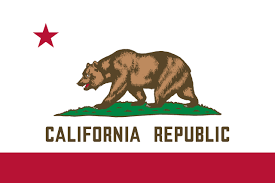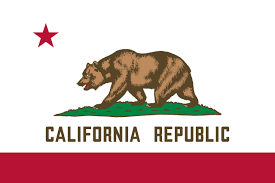CVC 21654: Slow-Moving Vehicle Law
California Vehicle Code (CVC) 21654, often referred to as the "Slow-Moving Vehicle Law," governs the operation of slow-moving vehicles on California roadways. This law is in place to ensure that vehicles traveling at a reduced speed, such as farm equipment or vehicles transporting oversized loads, can safely share the road with other motorists. Here, we'll delve into the key elements of CVC 21654 and its importance for road safety.
Understanding CVC 21654:
CVC 21654 focuses on slow-moving vehicles and the rules they must adhere to when driving on California highways and roadways. It addresses the potential safety concerns and traffic management issues that can arise when these vehicles travel at speeds significantly lower than the normal flow of traffic.
Here are the primary points covered by CVC 21654:
-
Right-Hand Lane Usage: The law stipulates that any vehicle traveling at a speed slower than the normal flow of traffic should be driven in the right-hand lane or as close as practicable to the right edge of the road, except when overtaking or passing another vehicle.
-
Pulling Over When Safe: Slow-moving vehicles should pull over and allow other vehicles to pass when it's safe to do so, especially when there is a line of traffic forming behind them.
-
Exceptions: Certain exceptions apply, such as when road conditions, traffic, or the width of the roadway make it safer for slow-moving vehicles to be in a different lane. In such cases, the law allows for this flexibility.
Why CVC 21654 Matters:
CVC 21654 is significant for several reasons:
-
Safety: The law is designed to enhance road safety by reducing the likelihood of accidents caused by congestion and frustration when slow-moving vehicles impede the normal flow of traffic.
-
Traffic Flow: By regulating the movement of slow-moving vehicles and requiring them to allow faster vehicles to pass, CVC 21654 helps maintain smoother traffic flow, reducing congestion and delays.
-
Legal Compliance: Adhering to CVC 21654 is a legal requirement. Violating these regulations can result in penalties, including fines and potential points on a driver's record.
-
Shared Road Responsibility: It reinforces the shared responsibility of all road users to respect the rights of others and contribute to safe and efficient travel.
Penalties for Violation:
Penalties for violating CVC 21654 can vary depending on the specific circumstances, local jurisdiction, and the severity of the violation. Common penalties may include fines and potential points on a driver's record.
In Conclusion:
CVC 21654, California's Slow-Moving Vehicle Law, serves as a vital component of the state's traffic regulations. By addressing the operation of slow-moving vehicles and their interaction with other road users, it promotes road safety and helps maintain smoother traffic flow on California's highways and roadways. Whether you're behind the wheel of a slow-moving vehicle or sharing the road with one, understanding and respecting CVC 21654 is essential for safe and responsible driving.

DontPayTickets.com
Fight Back California Traffic Violations and Tickets

